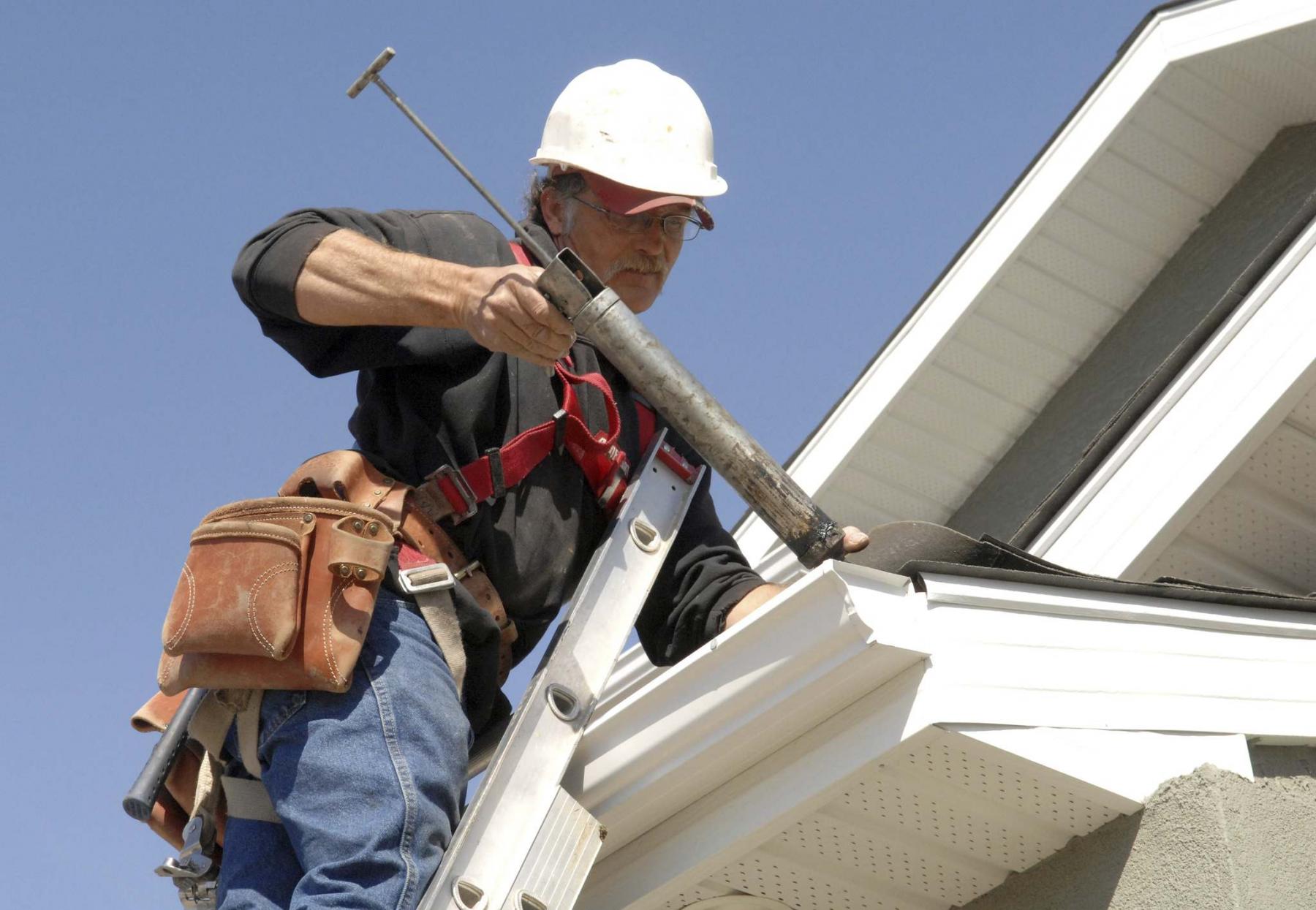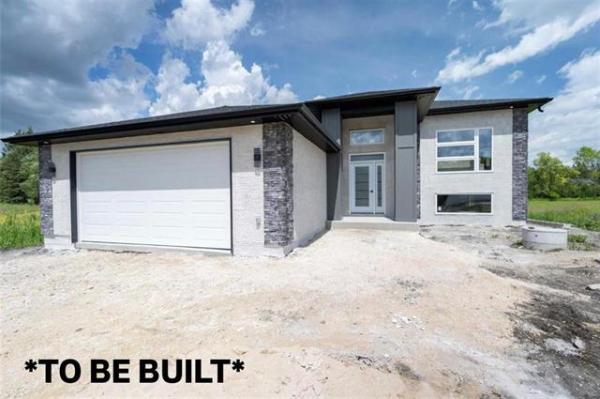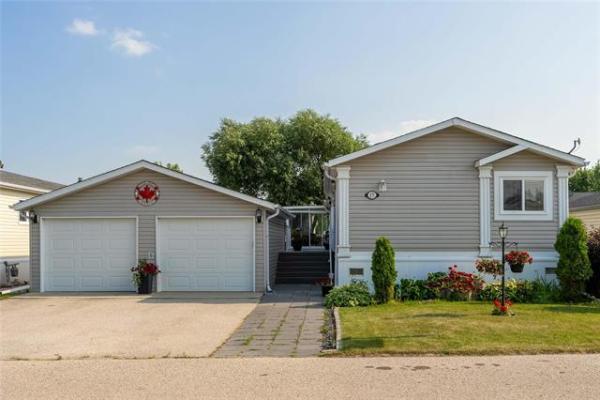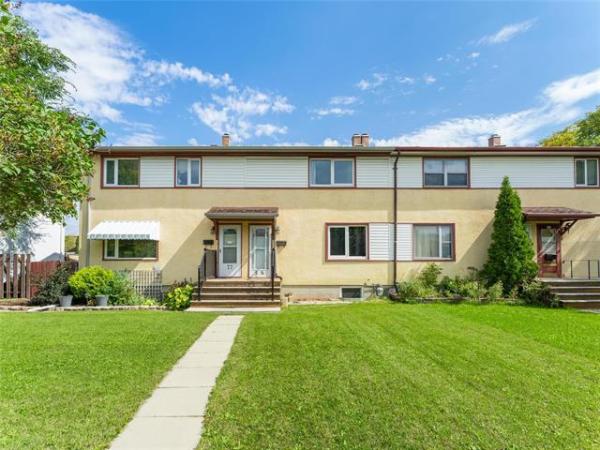Question: Our house needs to be re-shingled and after speaking with a few contractors we have received conflicting information. Some say drip edge and an underlay are essential, another says not to bother with either.
Can you outline what elements are required for a good solid roof in our harsh climate?
Thank you, Sheryl Wiebe.
Answer: Installing additional items on your roof prior to re-shingling will depend on several considerations, most based on the condition of the older sheathing and attic. It will also depend on the manufacturer’s specifications, which may void any warranties, if not followed to the letter. Regardless, taking extra precautions or adding underlay materials can only benefit your home by preventing premature leakage and extending the life expectancy of the new roofing.
Replacing older, deteriorated shingles is an essential part of maintaining a home and will normally be required every 15 to 25 years. The better quality the job, and the more attention to small details taken by the roofer, the longer the new roofing should last. While there are other factors to be considered, like adequate attic ventilation and roof pitch, taking a little more time, with a few extra materials, should extend the life of the shingles by several years. While not all upgrades are absolutely necessary, most will help prevent damage to other eave and roof components, not just the shingles.
In our area there are often a few different materials used to upgrade the most basic of roofing replacement jobs. While it is not absolutely critical to remove older roofing and apply a substrate layer on the roof sheathing prior to the new shingles, it is almost always done. In years past it was acceptable to leave up to one layer of older, bitumen-based shingles on an older pitched roof, to minimize the work and hauling costs. That is no longer the case. A roof must be stripped down to the bare sheathing for almost all shingle warranties to be applicable and to examine to condition of the sheathing.
Once the older shingles are stripped off and discarded off the roof surface, it can be inspected for defects in the condition of the sheathing and any protrusions. If the older sheathing, which can be wood planks, plywood, chipboard, or OSB, is stained or appears damaged it can be replaced. Moisture stains and damage should be visible, particularly at the eaves, valleys, and around anything protruding from the roof surface. Also, any areas where the sheathing is visibly bowed or sagging should be tested to ensure it is still in satisfactory. This can be done by probing with a screwdriver or awl, or tapping with a hammer. Any areas of questionable integrity should be immediately cut out and replaced prior to any of the following steps. If the sheathing is in poor shape just above the eaves, it may make a good case for installation of the drip flashing you asked about in your inquiry.
Once any damaged plywood or boards have been properly replaced, the flashings, roof vents and vent hoods should be checked. Most roofers will simply budget for replacing the roof vents and vent hoods with the roofing, due to the low cost and reliability of new plastic models. If the attic is deemed to be deficient in adequate ventilation, a few extra roof vents can be installed, simply by cutting extra holes in the sheathing and new roofing materials. If there is damage to the roof sheathing, or evidence of leakage inside the attic, around any chimneys, plumbing vents pipes, or other protrusions, the flashings may have to be replaced along with any damaged decking.
The next decision is what, if anything, to install prior to the actual shingles. Almost all roofers will install eave protections, often called ice and water shield, in several areas. This self-adhesive membrane is approximately a metre wide and is normally installed at the bottom of the entire perimeter of the roof, and sometimes at valleys or other problematic areas. This material is designed to adhere directly to the roof sheathing, preventing damage even if the roofing becomes deteriorated, dislodged, or lifted. This rubberized membrane also helps seal around nails and other fasteners as they penetrate the sheathing. This is especially important at eaves and valleys on roofs prone to ice damming, where excessive ice can expand and create gaps under the roofing, which can lead to leakage. If the older sheathing was damaged in these areas, or if the roof has questionable drainage into the eavestroughs, a drip flashing should then be applied to prevent future damage to the sheathing at the lowest points of the roof.
Once the eave protection, and any drip flashings, are installed the entire roof area should then be protected with one of several roofing substrate materials. Older materials included bitumen impregnated sheathing, often called tarpaper or roof felt. While these may be acceptable in many cases, they have mostly been replaced by synthetic membranes. The synthetic membranes have become the standard due to their superior moisture resistance and ease of installation. This layer should be considered a necessary part of any roofing upgrade, as it is required by most roofing manufactures for them to honour any warranty claims made.
So, the roofer who stated that this was not necessary should not be considered for the job.
Installing proper roofing underlayment, and drip flashing if needed, is necessary for a proper job to ensure full life of your new roofing. Not only is it a best practice, the substrate layer may also be required by the shingle manufacturer to ensure their warranties are honoured.
Ari Marantz is the owner of Trained Eye Home Inspection Ltd. and the past president of the Canadian Association of Home & Property Inspectors — Manitoba (cahpi.mb.ca). Questions can be emailed to the address below. Ari can be reached at 204-291-5358 or check out his website at trainedeye.ca.
trainedeye@iname.com




